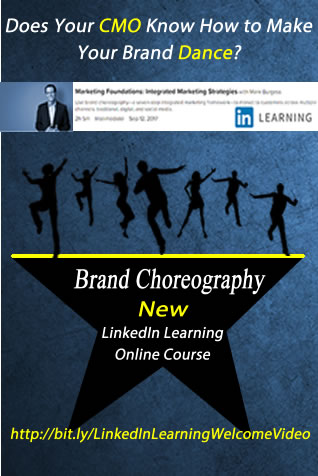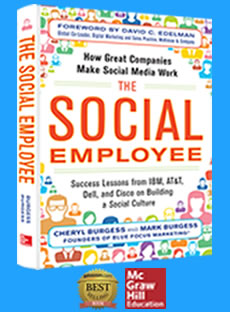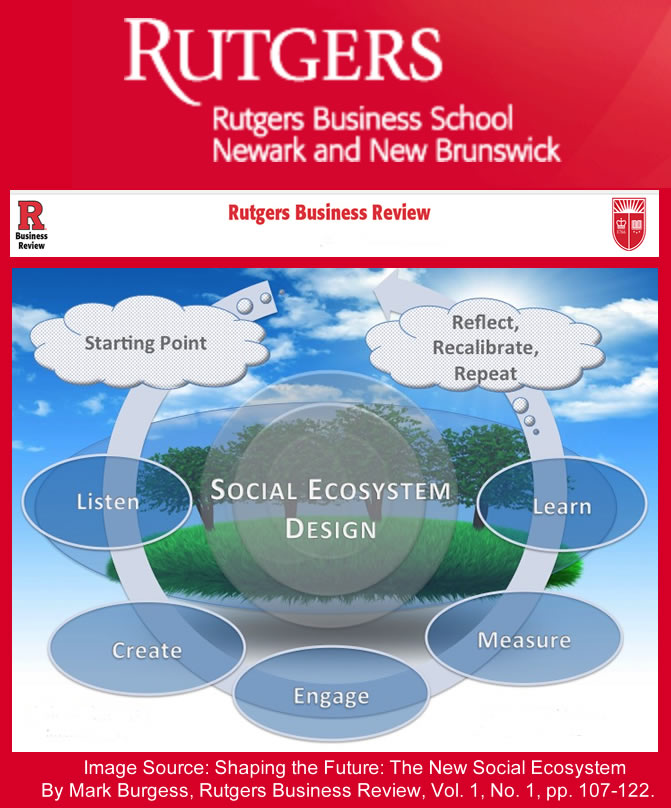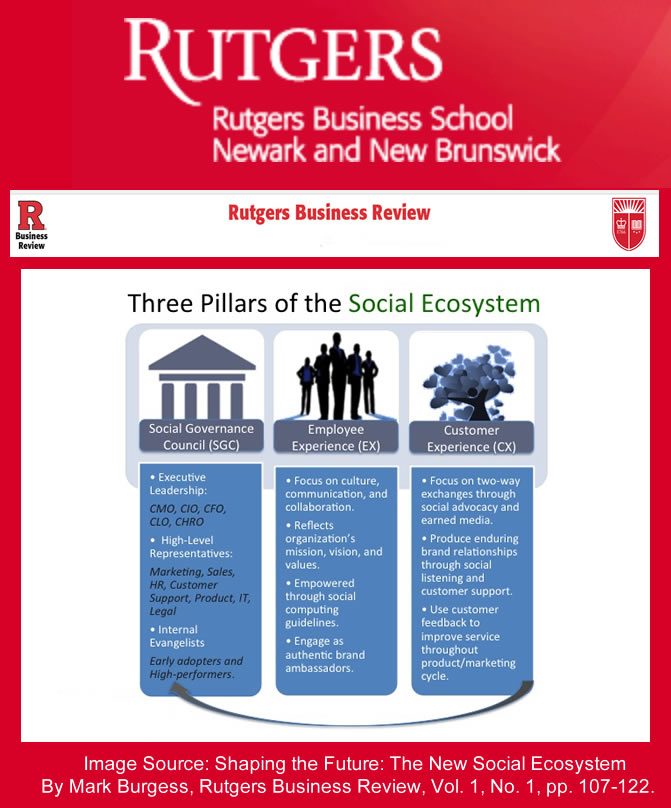 When we were invited to present our speech, “The Rise of the Social Employee & the Social Leader” at the seventh annual Social Business Forum (@SocialBizForum) in Milan, Blue Focus Marketing CEO and CMO Cheryl Burgess (@CKBurgess) and I were also asked to contribute articles to a special insert in the June, 2014 issue of the Harvard Business Review Italia (@HarvardBiz). My article, titled “Piloting the Future of Social Business – Branding From the Inside Out,” expands on the ideas in our best-selling book, The Social Employee (McGraw-Hill, 2013), presenting a proven, step-by-step recipe for success through the implementation of a social employee pilot program.
When we were invited to present our speech, “The Rise of the Social Employee & the Social Leader” at the seventh annual Social Business Forum (@SocialBizForum) in Milan, Blue Focus Marketing CEO and CMO Cheryl Burgess (@CKBurgess) and I were also asked to contribute articles to a special insert in the June, 2014 issue of the Harvard Business Review Italia (@HarvardBiz). My article, titled “Piloting the Future of Social Business – Branding From the Inside Out,” expands on the ideas in our best-selling book, The Social Employee (McGraw-Hill, 2013), presenting a proven, step-by-step recipe for success through the implementation of a social employee pilot program.
To download the issue, titled “#Social & Digital Transformation,” click here. To view it in your browser, click here.
While it’s true that every organization will inevitably chart its own path to the world of social business, we have discovered that many of the greatest social success stories in the industry all began with some form of pilot program that included the following steps: (1) Listen, (2) Develop, (3) Train, (4) Deploy, and (5) Measure. In my article, I outline the essential considerations of each step, citing current statistical evidence and offering quotes from social business leaders.
Here is Tami Cannizzaro (@tammicann), Vice President of Marketing, Cloud Category IBM (@IBM):
“Social engagement is changing both how we communicate as employees across an organization and how we are perceived by the outside world. The social employee is one of the most powerful weapons a brand can leverage to drive a positive dialogue around brand engagement.”
At IBM, social employee pilot programs are usually centered around the desire to connect employees across departments and encourage them to share and collaborate. One of these programs led to the Digital IBMer Hub. Here’s how Maria Winans (@MariaWinans), Vice President of Industry Cloud Solutions and Social Business Marketing at IBM, describes this program:
“It’s an opportunity for us as IBMers to educate each other—whether it’s on social media or social initiatives. We host modules that provide the IBMer with an introduction to the social web, how they learn to use some of our tools to collaborate, and how to consume the news. We really look at how you build these relationships and foster credibility as the idea that we share this knowledge across IBMers.”
David C. Edelman (@davidedelman), Partner and Global Co-Leader of Digital Marketing Strategy at McKinsey & Co., also shared his thoughts on the value of social employee culture and why it is essential to train them as employee brand ambassadors:
“Employees are one of the most valuable types of influencers a brand has. They bring the voice of the people behind the company out into the market, and their authenticity can carry the values of the company to all of the folks they connect with online. Employees know what goes on behind the scenes, and as long as it is positive, spreading that goodwill can only enhance a brand’s perception. Employees can help answer questions about products, correct misconceptions, spread word of a promotion, encourage job applicants, and more. Supplying your employees with content, especially material that makes them feel like they are learning even more about what goes on inside the company, builds internal bonds, and that good will flows through their social channels. However, if employees feel locked out or not engaged, that is a bigger issue to deal with than just feeling the risk of them venting in social media.”
Follow this link to read the article, which also includes examples of successful social employee pilot programs at Cisco, Adobe, and Domo.
Thanks to everyone who contributed quotes, and thanks as well to OpenKnowledge (@openknow) for organizing the publication of this content. It’s time for all of us to re-imagine the future of business.












